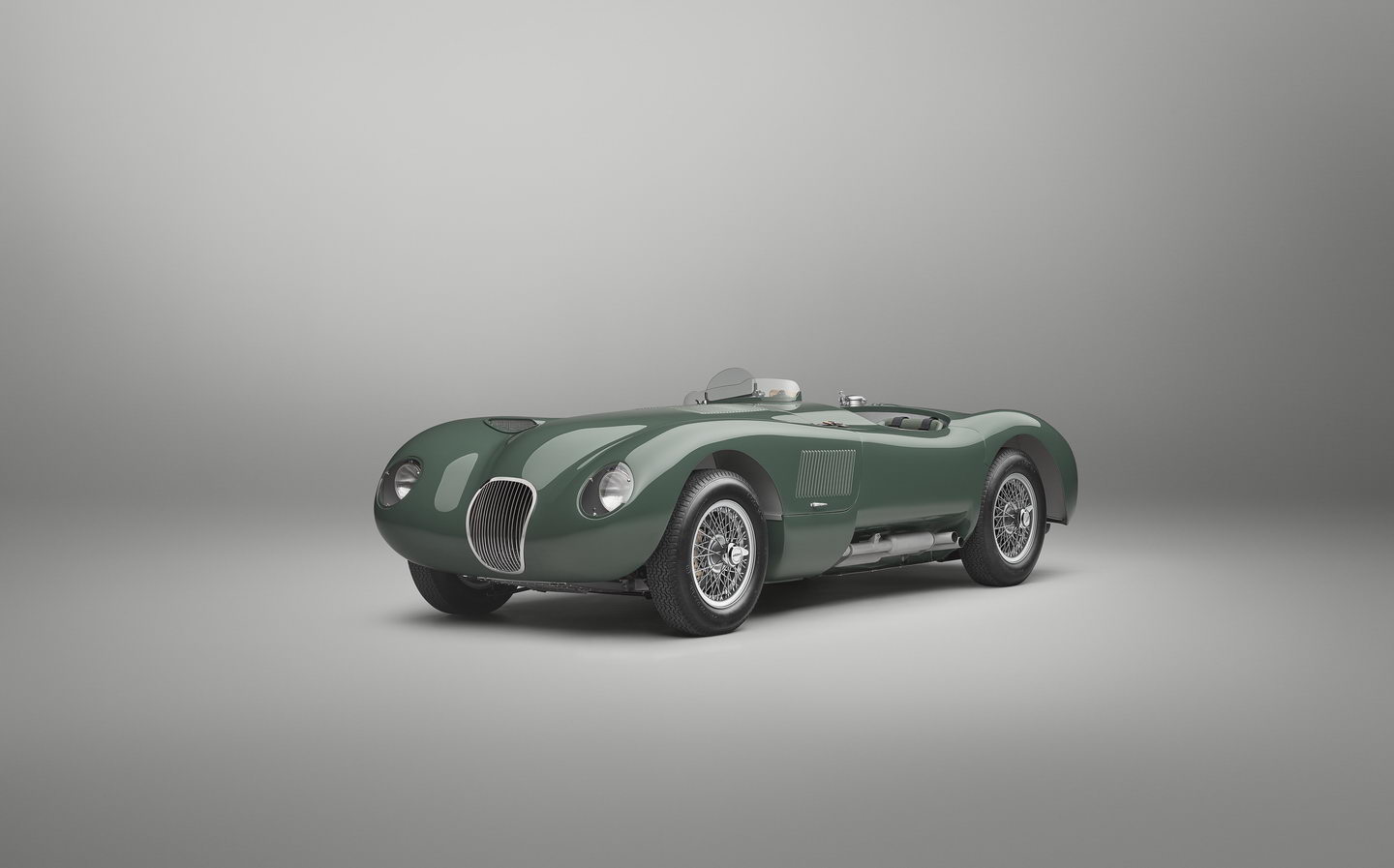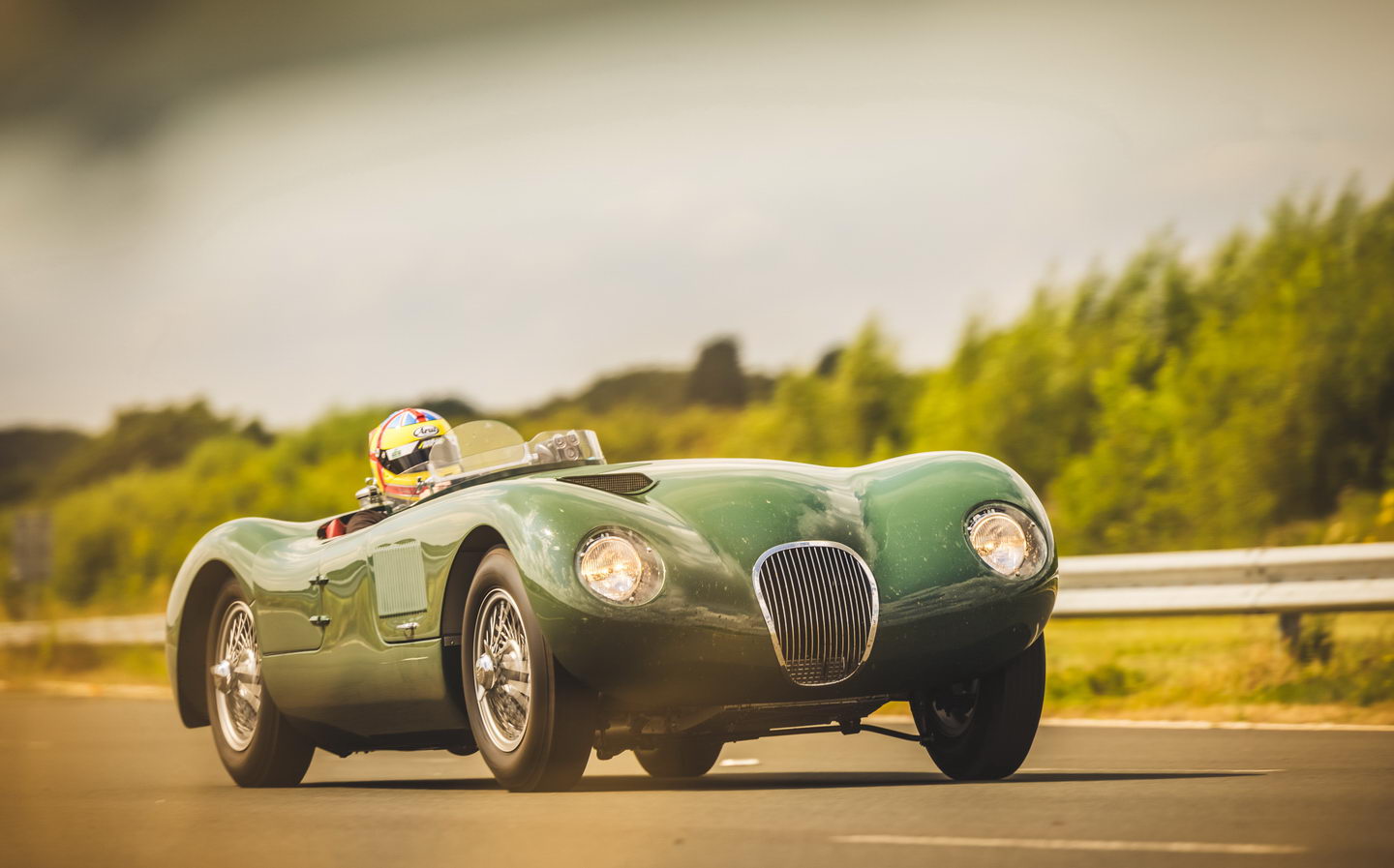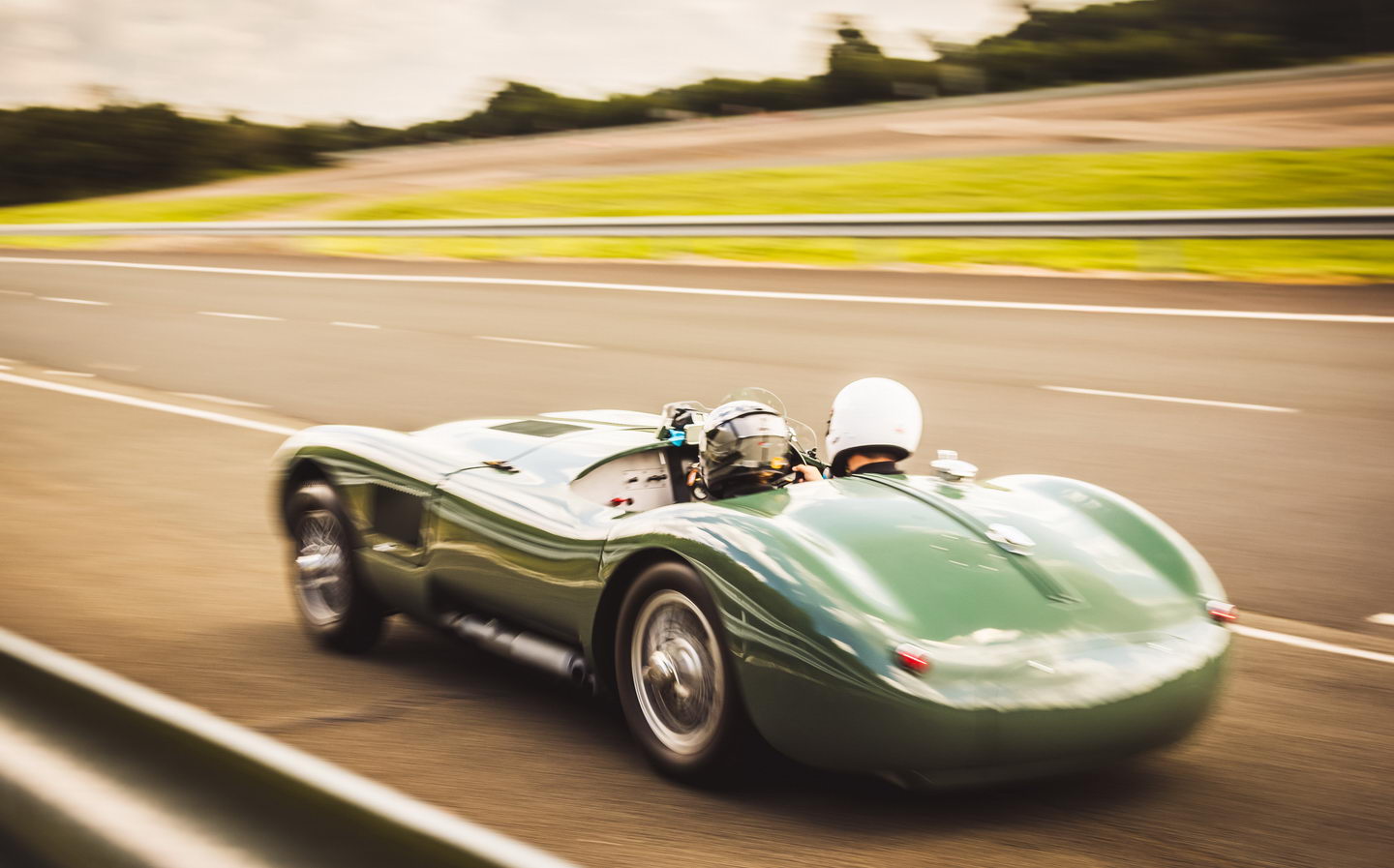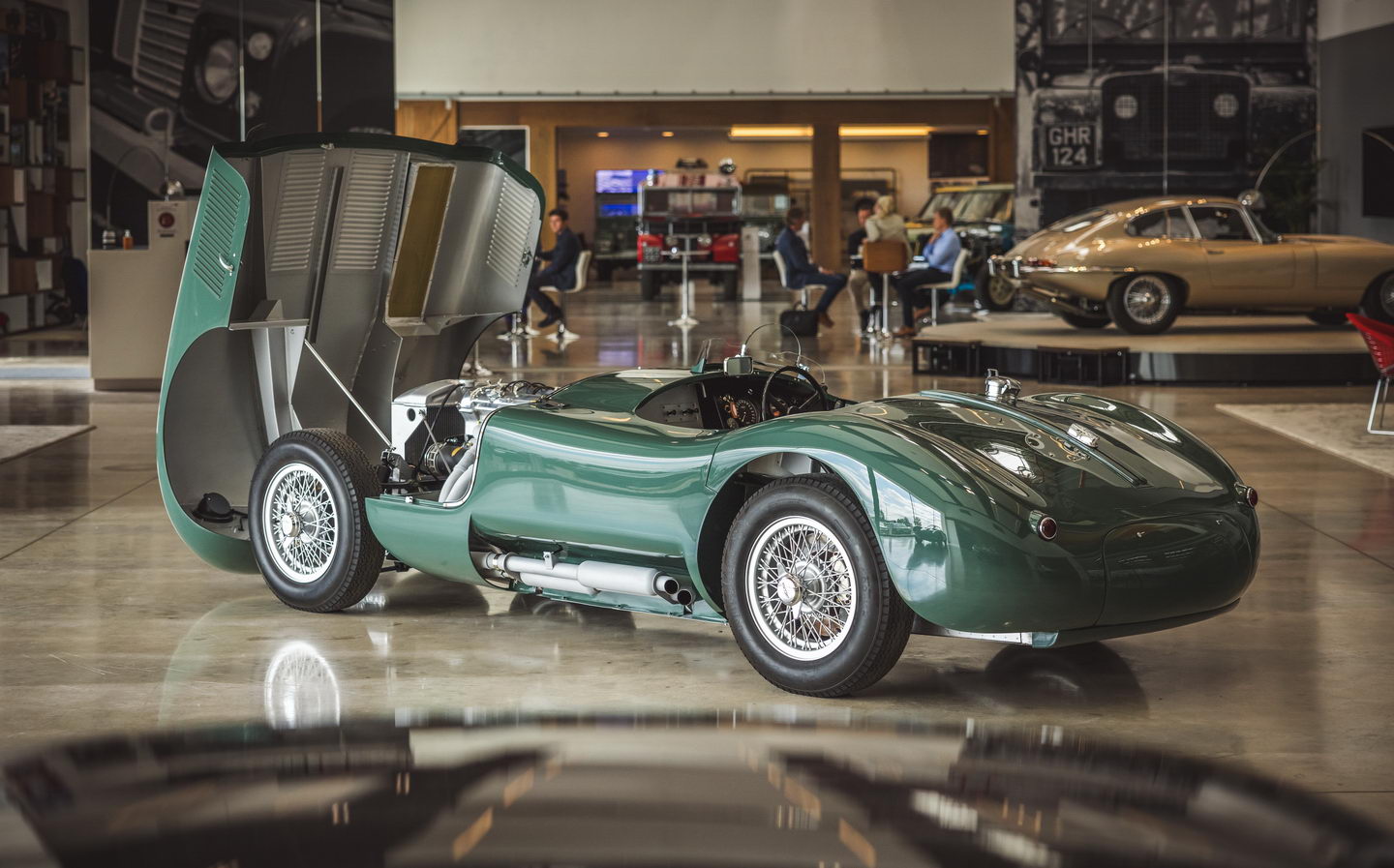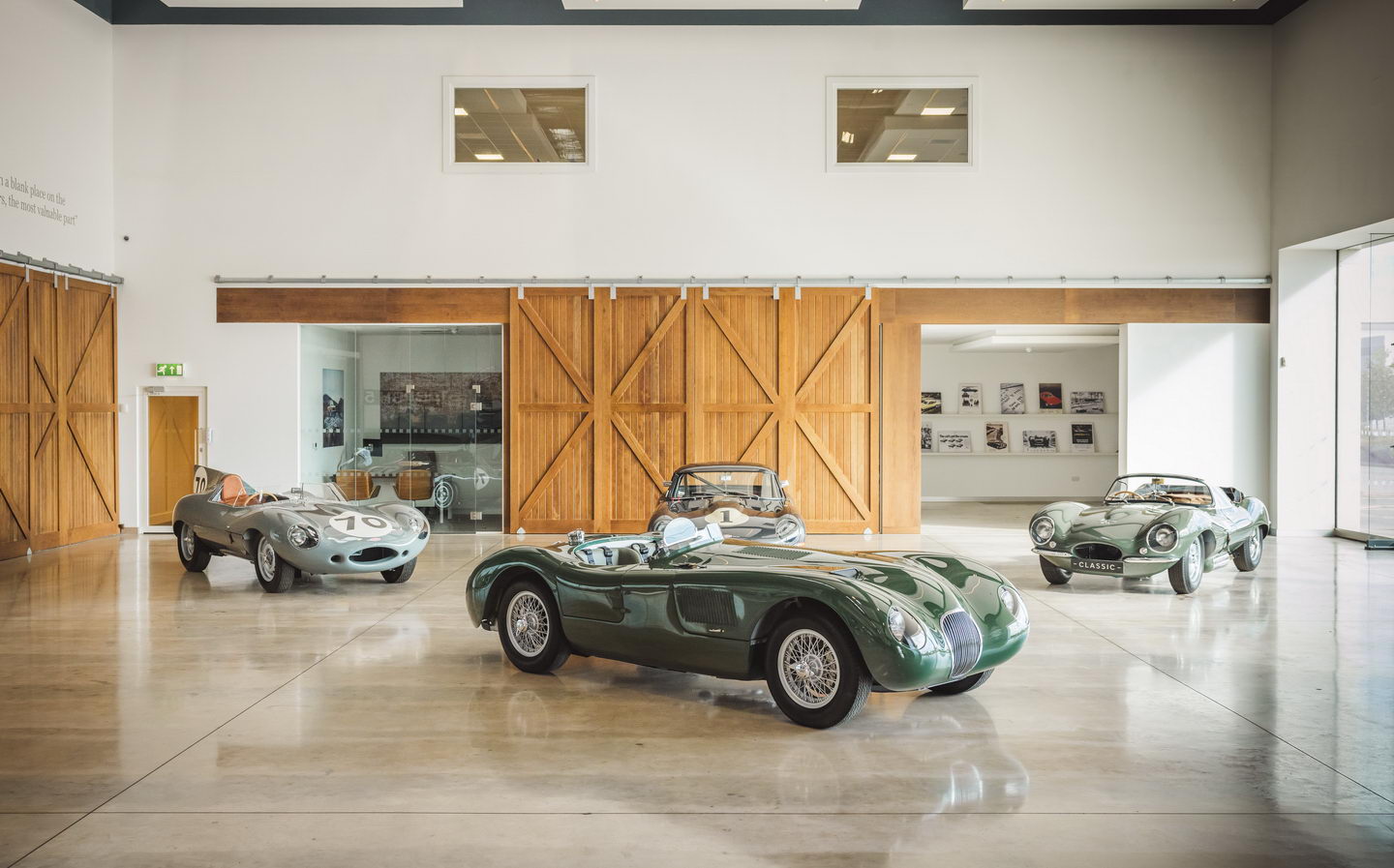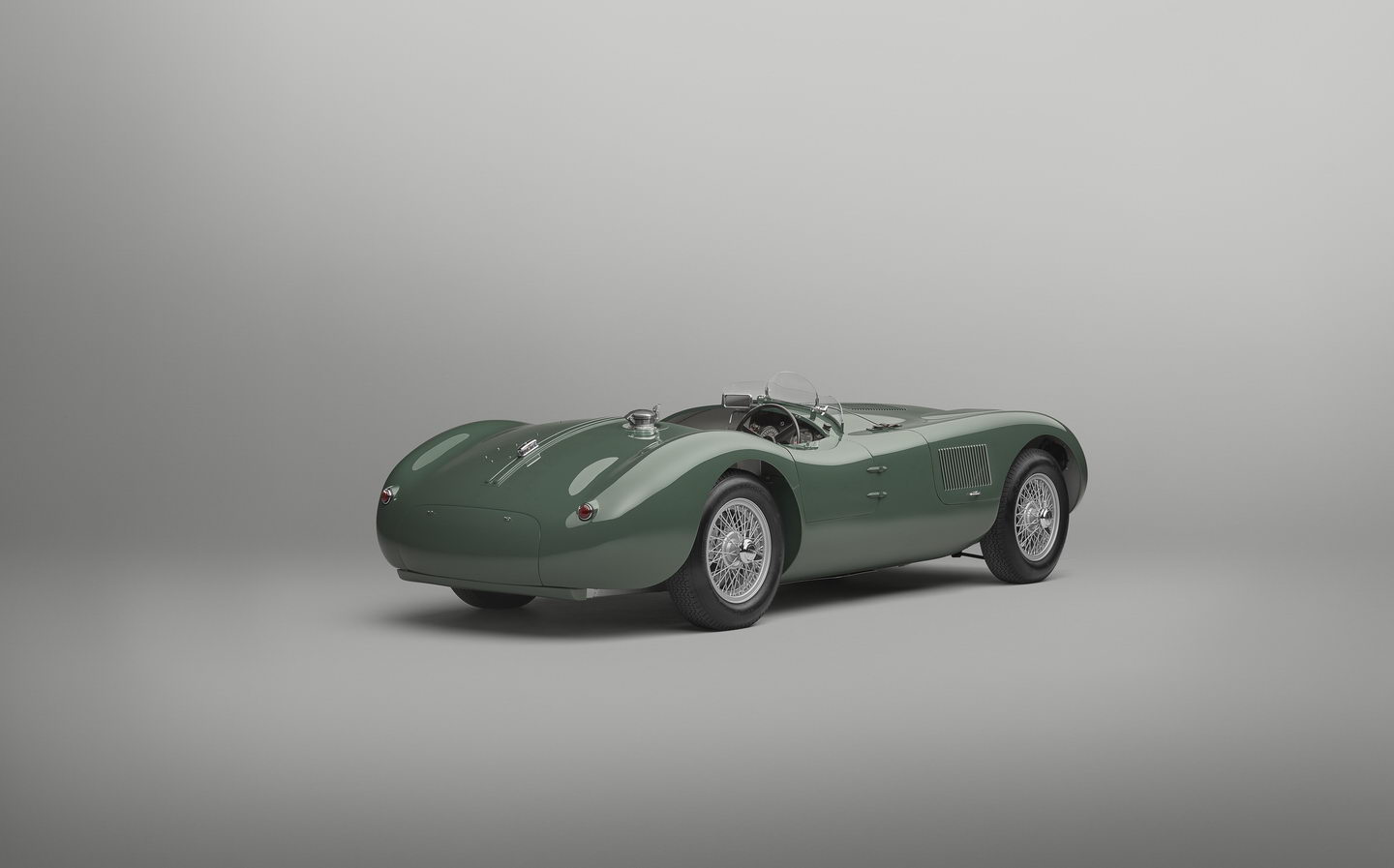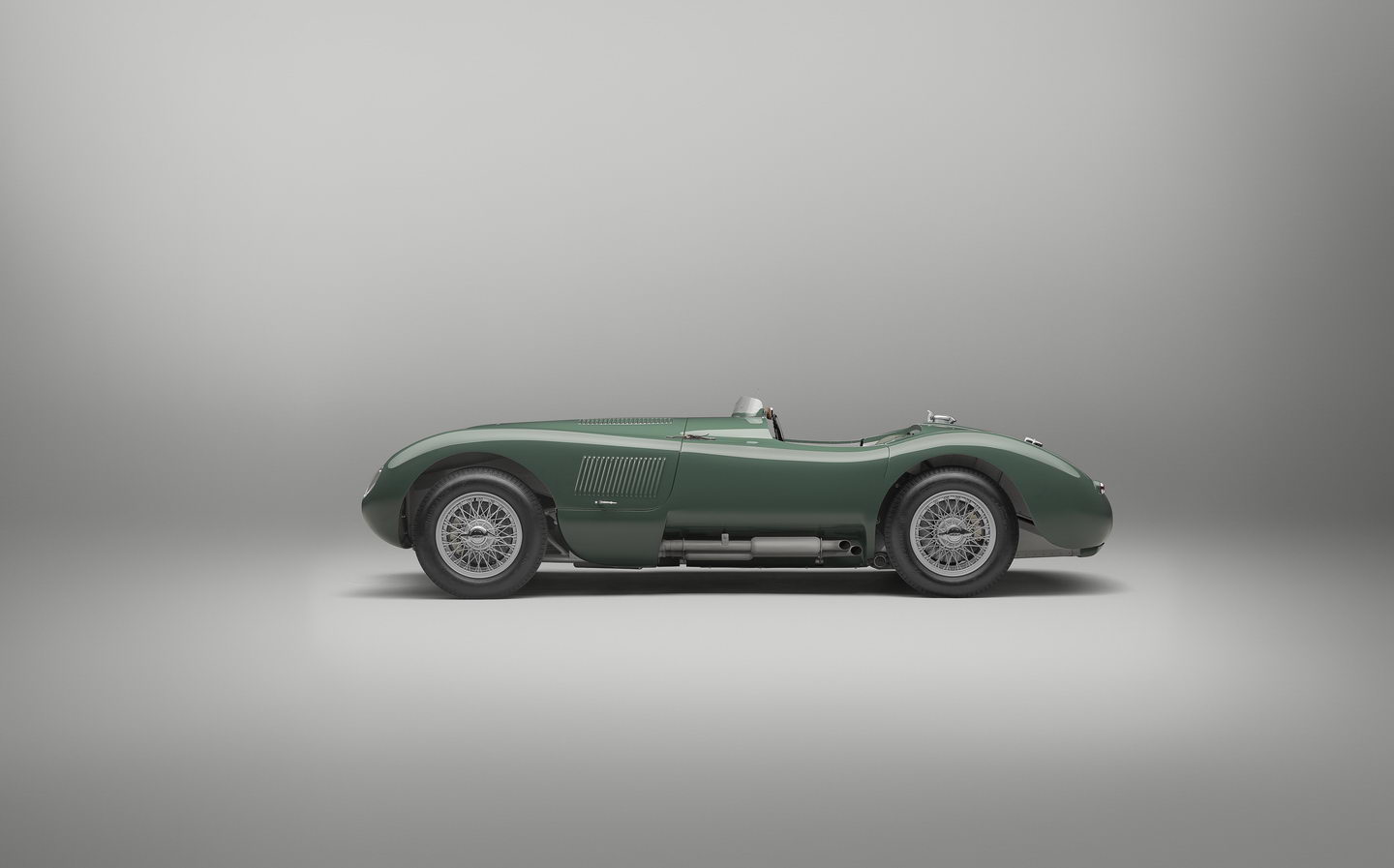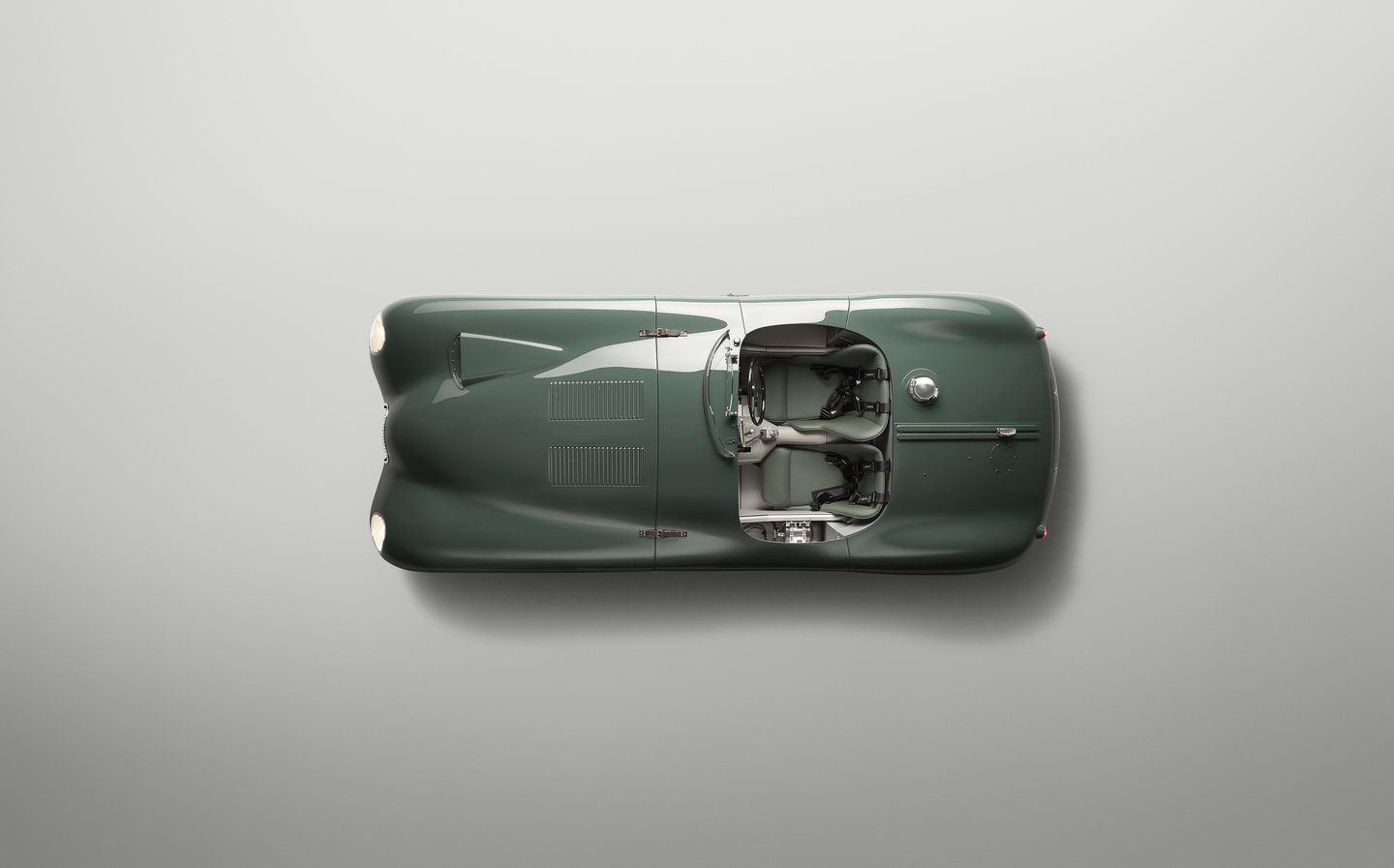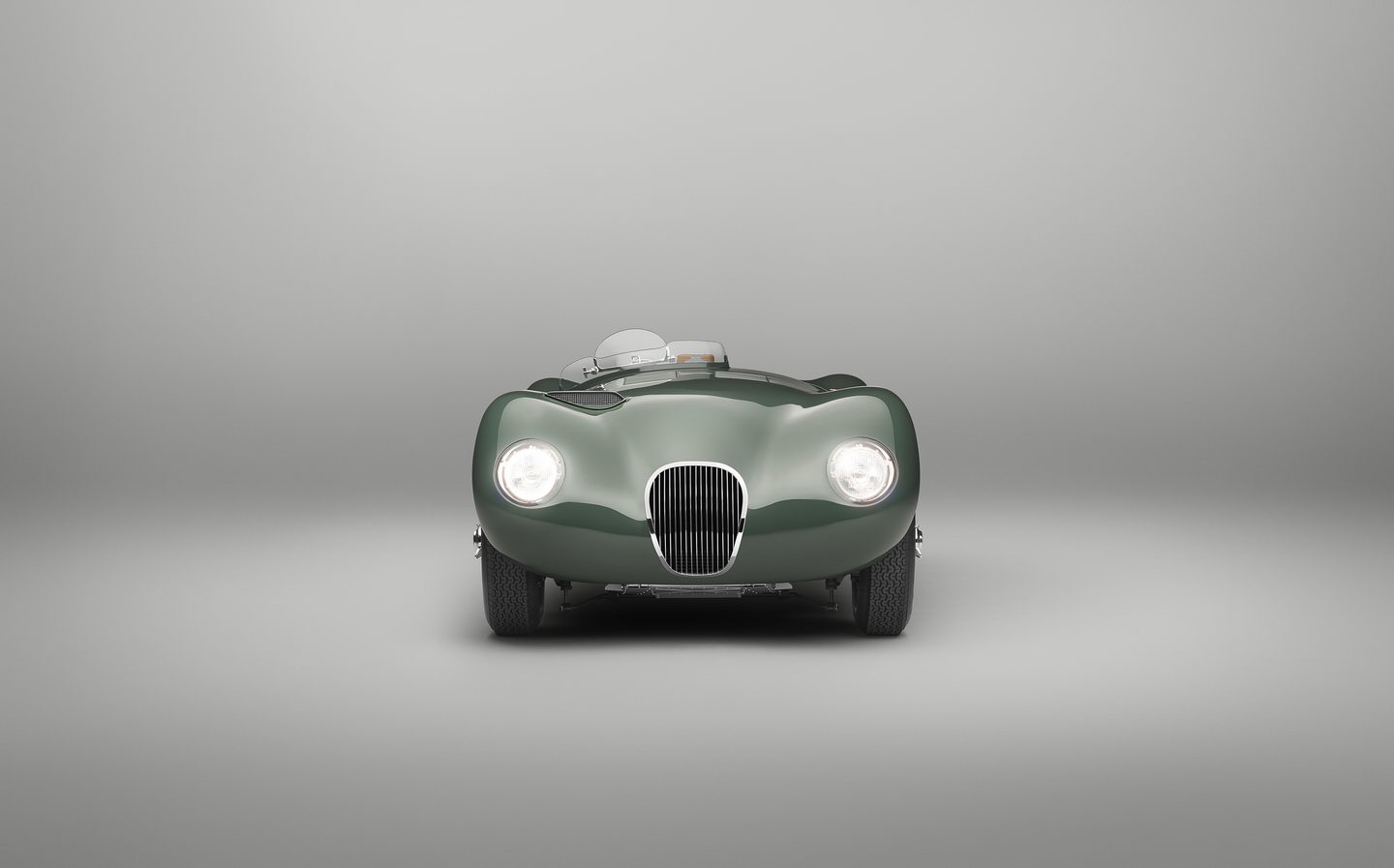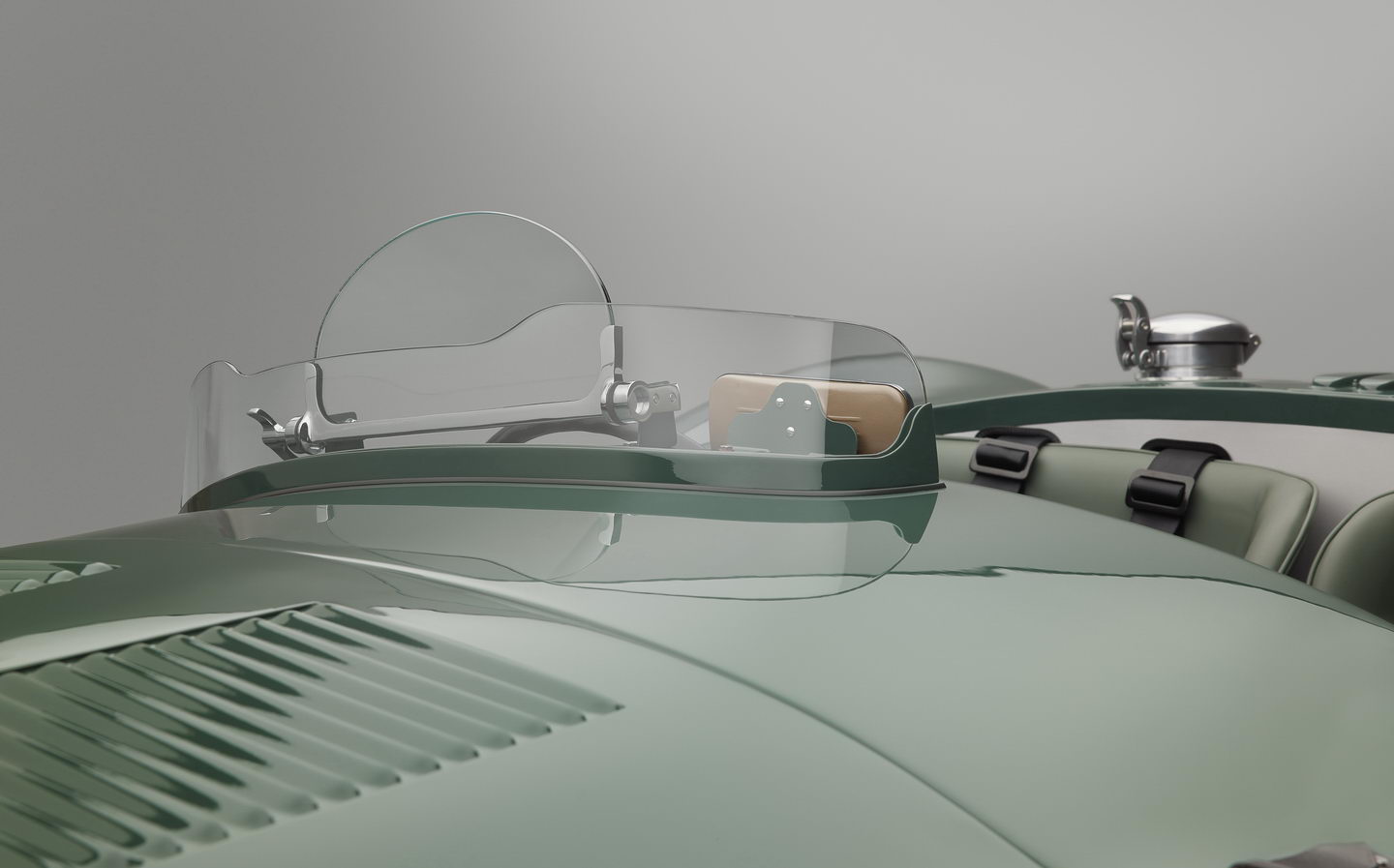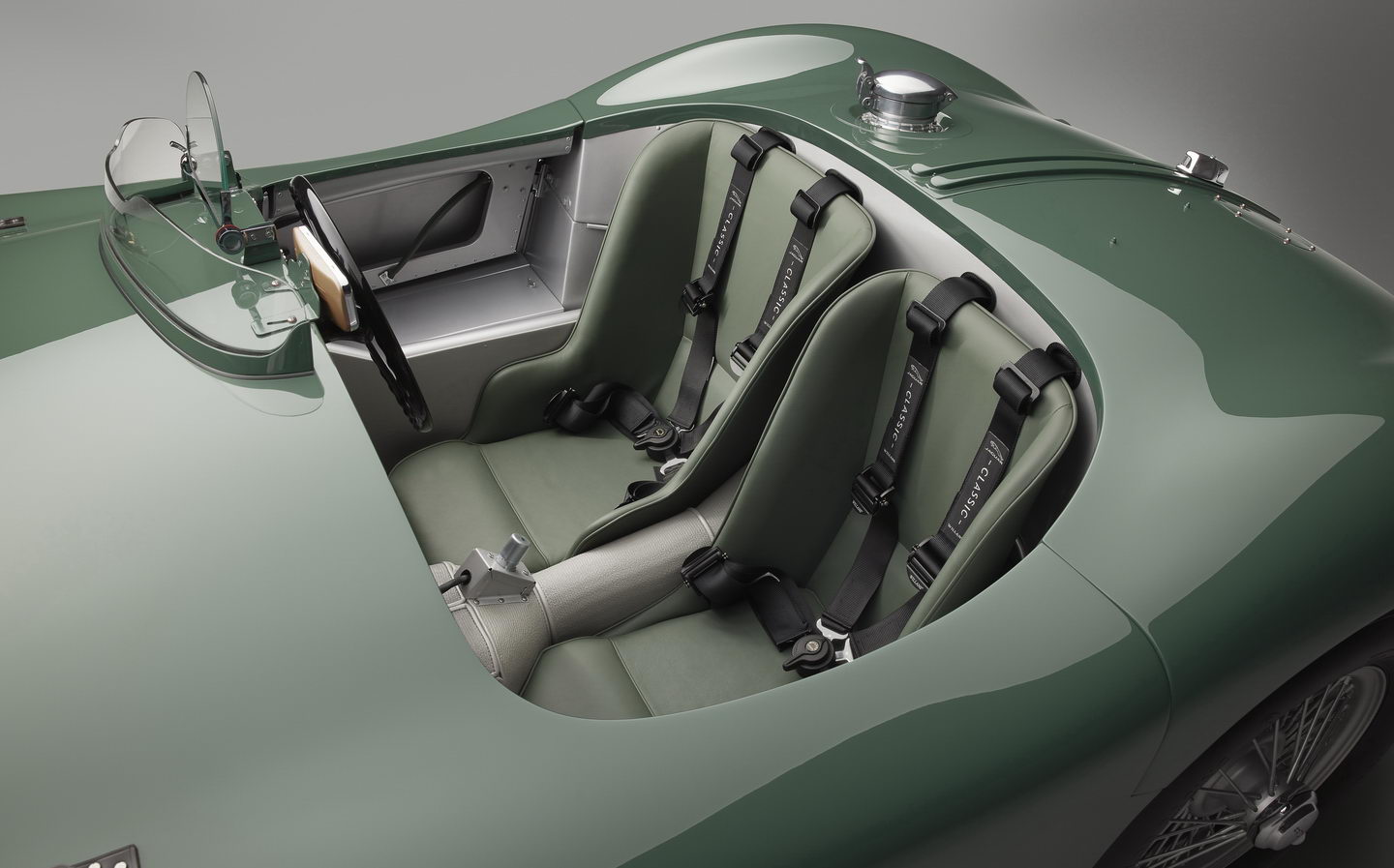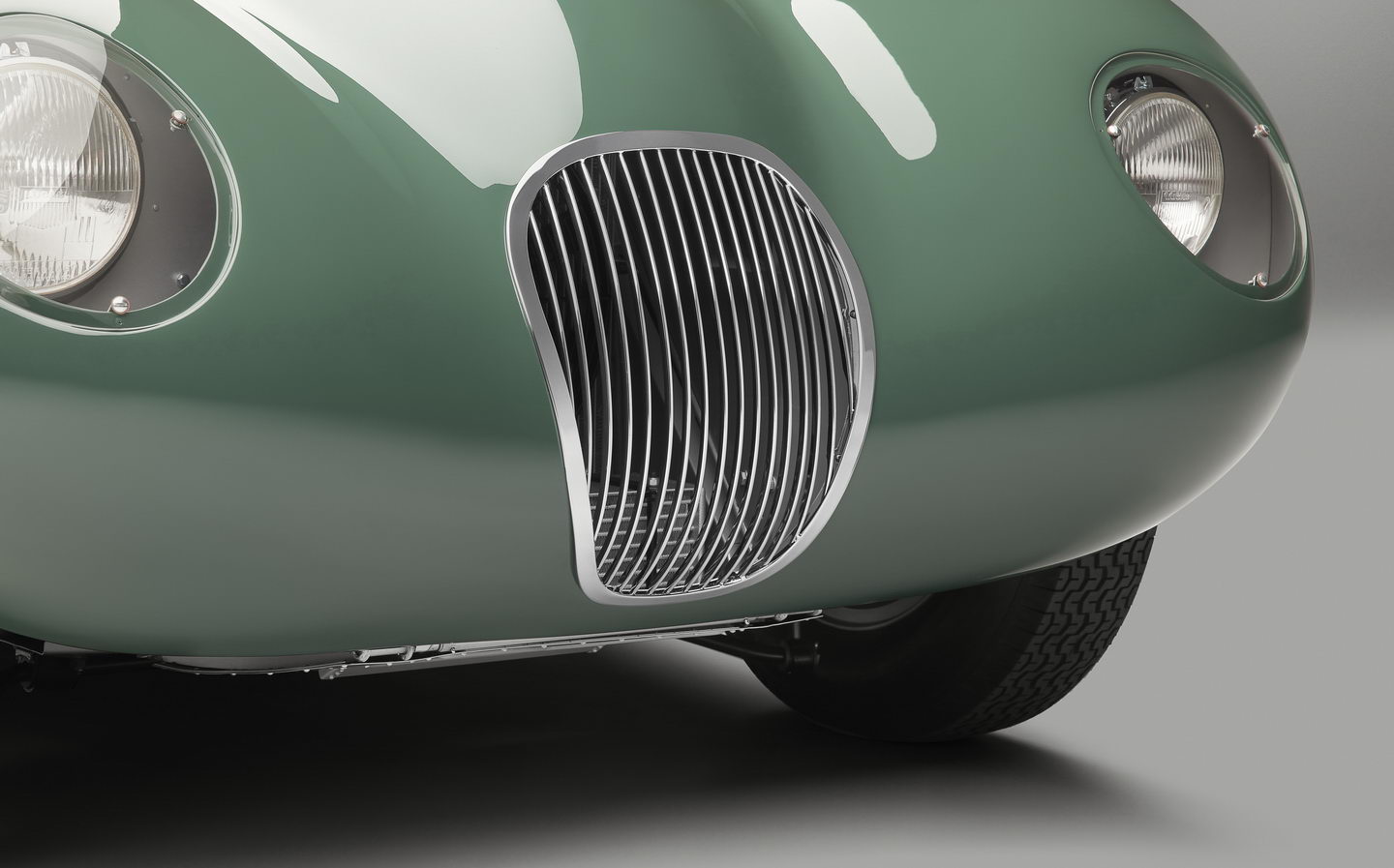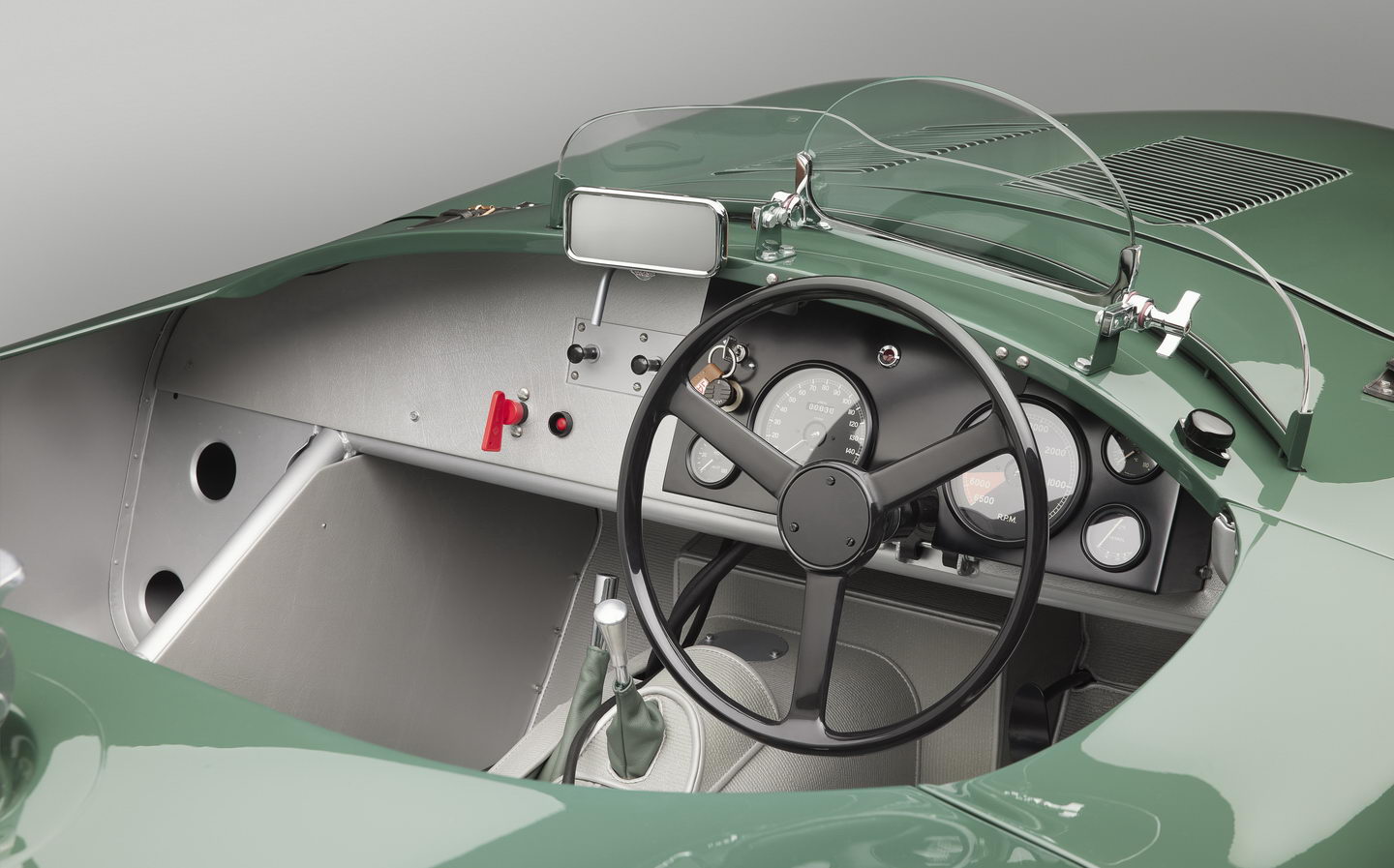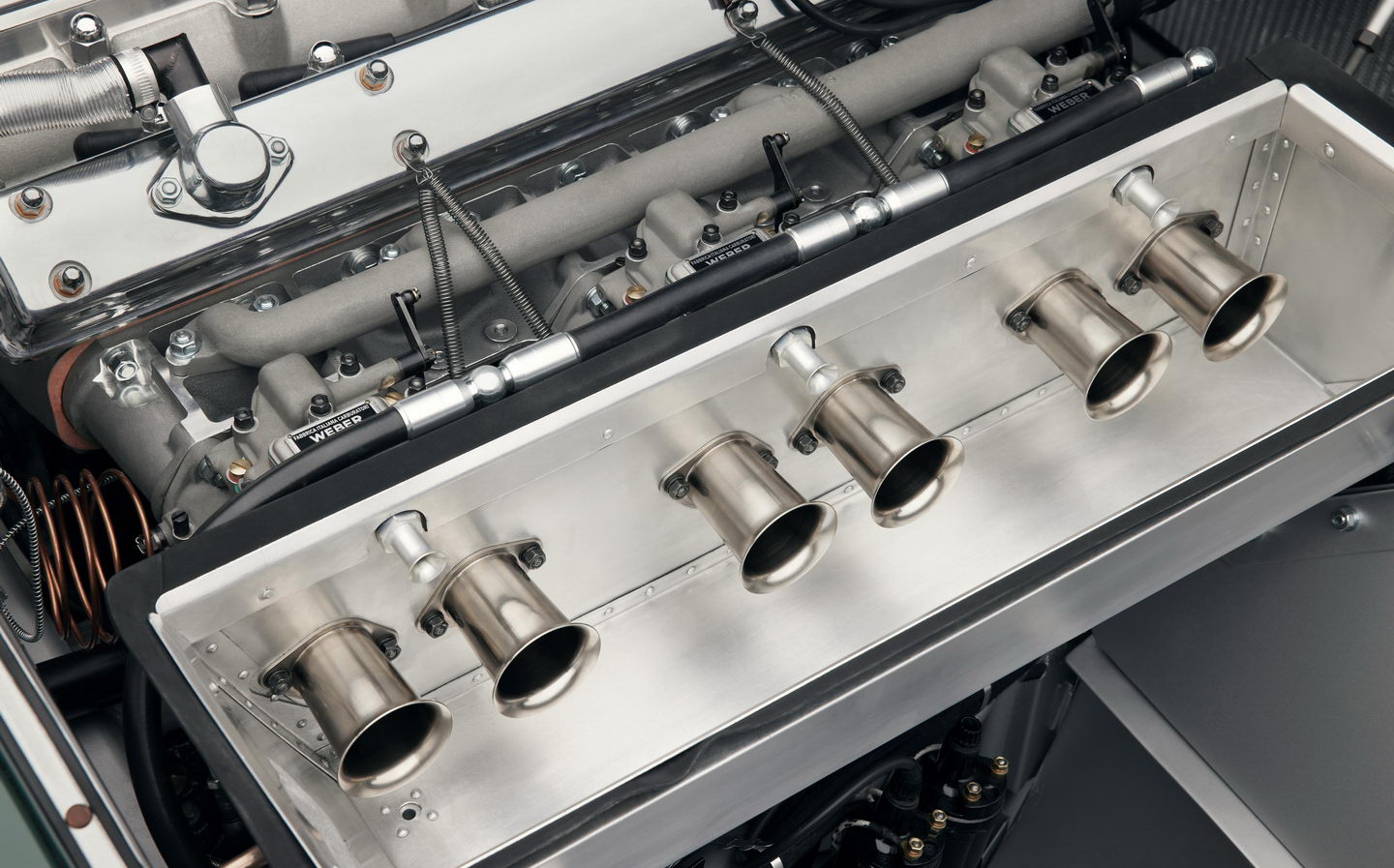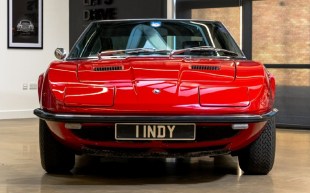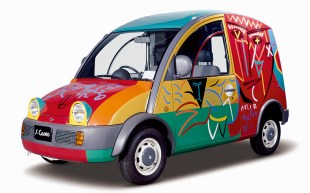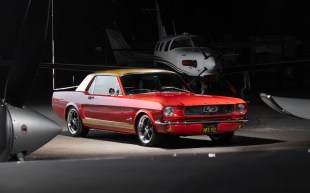Jaguar has revealed the first of 16 examples of its £2m C-Type Continuation
Six-figure price tag — but owners won't be able to drive them on the road
JAGUAR has built the first of a number of exclusive recreations of its 1953 Le Mans-winning C-Type sports car, revealing its specification in detail.
Earlier this year, Jaguar Classic announced it was going to build new versions of the C-Type for wealthy collectors. The prototype of what will become a run of just sixteen official continuation models, each costing up to £2 million, has now been built.
In 1951, Jaguar boss Sir William Lyons agreed to the development of the XK120C, the car that would later become known as the C-Type. Undoubtedly one of the most beautiful cars ever created, its slippery design was the work of former Bristol Aircraft Company aerodynamicist, Malcolm Sayer, who joined Jaguar in 1950 and later designed the E-Type.
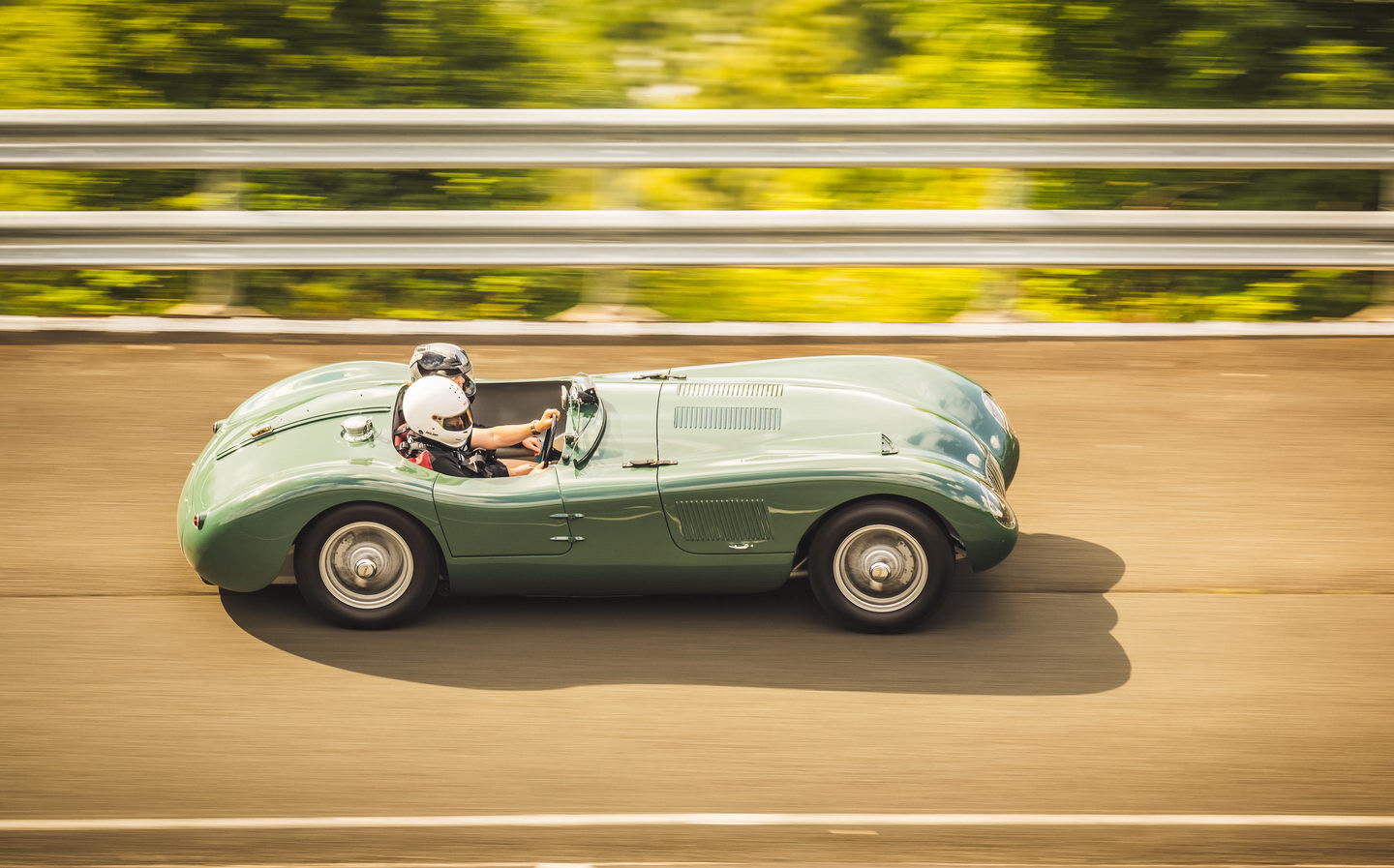
Using an upgraded engine from the XK120, the initial batch of three C-Types were designed, engineered, produced and tested in just six months. Then engineers jumped in them and drove straight from the factory in Coventry to France for the Le Mans 24 Hour race. With drivers Peter Walker and Peter Whitehead, the C-Type won the famous event and history was made.
Dave Moore, build engineer for Jaguar said: “The XK120 was doing okay, but for the C-Type to win at Le Mans, that totally changed everything for Jaguar.” In those days, a win at Le Mans grabbed headlines, including in the USA.
Jaguar went back to Le Mans in 1952, but the cars overheated. In 1953 the power of the engine was increased, the body panels made lighter and disc brakes were added. Developed by Dunlop for use on aircraft, these brakes gave Jaguar such an edge that the organisers of Le Mans considered banning them. They didn’t, Jaguar won the race and disc brakes went on to become a key component of cars around the world.
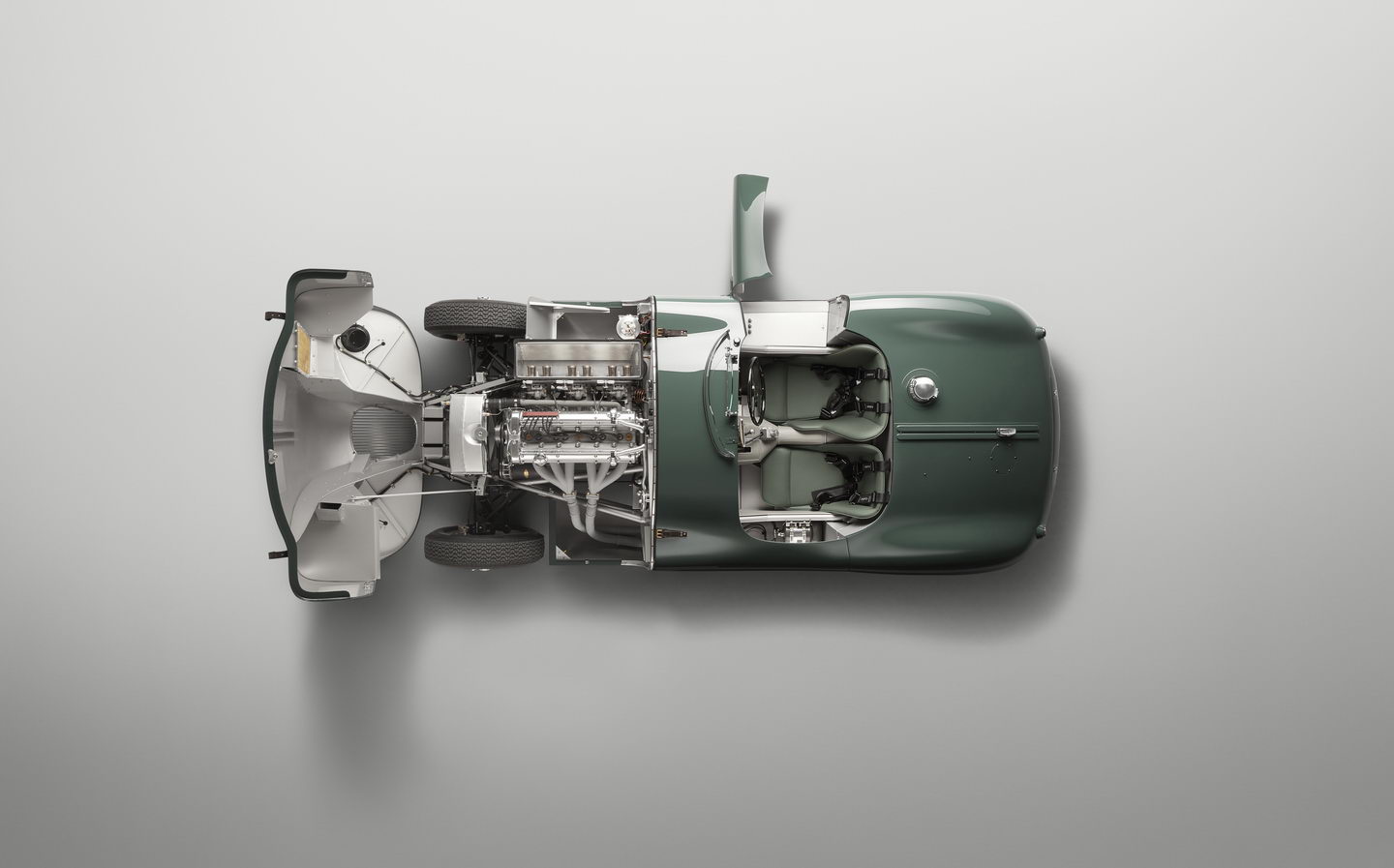
It is the 1953 car that Jaguar Classic has now recreated, using the original drawings and the engineering ledger containing the details of more than 2,000 parts. For the first time, the whole car was 3D digitised and many of the original team, including the late Jaguar test driver, Norman Dewis, were able to provide assistance.
It will take around 1,000 hours to build each customer car and the only changes from the original, such as enhanced brakes and racing harnesses, are to meet the latest historic racing requirements. The aluminium body panels are also 0.3mm thicker to prevent them bending when leant on.
Dave Foster, head of engineering said: “The original cars were built to last 24 hours; these are built to last longer.”
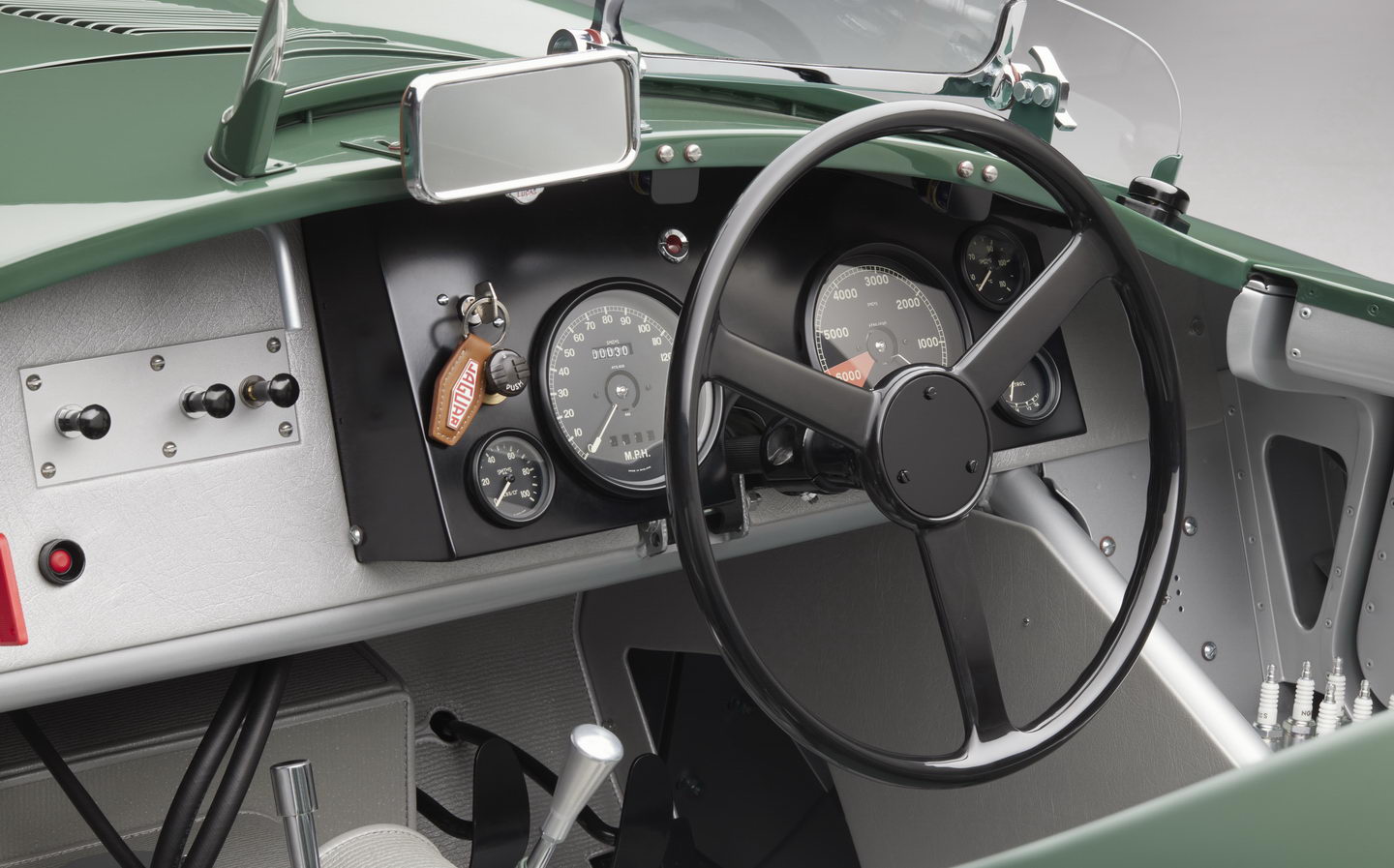
On each of the 16 cars there will be some original components, including the rear-view mirror and fuse box cover. These have been sourced from owners’ clubs and collectors around the world.
As with the original, there is a spare set of spark plugs in the driver’s door sill and a button ahead of the gear stick to flash the lights as you charge down the Mulsanne Straight.
Like many continuation models, these C-Types will not be road legal, so buyers will need access to a private road or racetrack to enjoy them fully. They are eligible for the Le Mans Classic, however.
Tweet to @motorscribe Follow @motorscribe
- After reading how Jaguar has revealed the first of 16 examples of a £2m C-Type Continuation, you might be interested in the Jaguar E-type Unleashed – a classic sports car reinvented with 400bhp V12
- Toyota scored one-two at the 2021 Le Mans 24 Hours in first year of the hypercar
- Want a new classic … but with machine guns? How about a Goldinger Aston Martin DB5?


